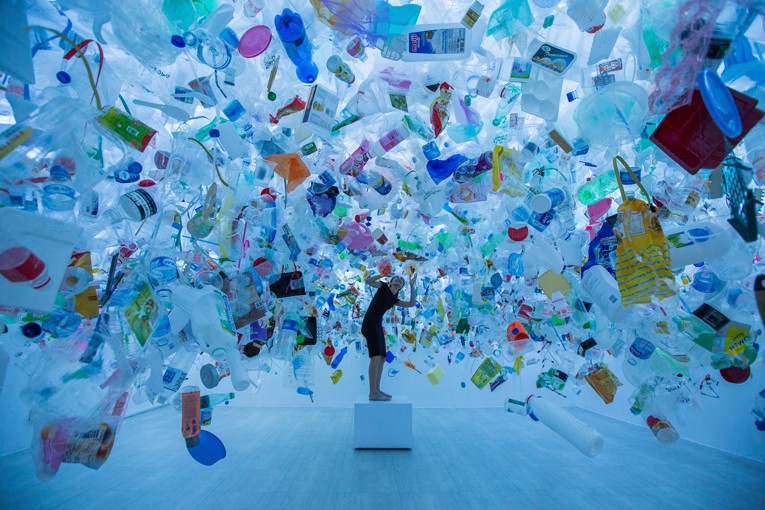Our world is filled with plastic. Plastic can be found in almost every aspect of our daily lives. Plastic is used in so many everyday products that we purchase and use it. The use of single-use plastics can hurt the environment, while some can be reused. There has been a lot of attention focused on the situation, and several legislative initiatives have been undertaken, but it does not appear that progress is imminent. It is very concerning that we cannot see that it is too late until it is too late.
There is a prediction in an article written by the UN that “plastic pollution in oceans and other bodies of water will more than double by 2030”. While Ocean Conservancy and Team Seas are among the organizations working to clean our oceans, they cannot solve the problem on their own. Governing bodies, as well as citizens, must work together to make the world a better place.
There is a growing amount of plastic being produced every day, and since this plastic will always find a way to enter the ocean, it will cause several problems to the environment. Not only are the plastic toxins harmful to the ocean, but they act as sponges that absorb other toxins before entering the water. Because these chemicals are ingested by animals in the ocean, they are hazardous to humans. Humans consume fish and mammals contaminated with these chemicals. Initially, if governments require businesses to cover waste management costs by 2040, they will face a $100 billion financial risk. In addition, it can lead to an increase in the amount of illegal waste disposed of domestically and internationally. It can cause many problems in our society and even more plastic to be exposed to our earth. There are many more factors involved than we initially think.
According to the UN article, plastics are also a major contributor to greenhouse gas emissions. “In 2015, plastics emitted 1.7 gigatonnes of CO2 and by 2050, they will produce 6.5 gigatonnes.” This means that plastics not only contribute to ozone depletion but also help accelerate global warming. That is a major concern for the environment as well. The article also mentions that “In water sources, this type of pollution can cause hormonal changes, developmental disorders, reproductive abnormalities, and even cancer.” It is a scary thing that something we require to survive can be polluted and our health is put in more danger.
In this article, the everyday person is the intended audience. It aims to shed light on the plastic problem and encourage people to push for a more sustainable and plastic-free world. Clearly, the article aims to create a more plastic-free economy and to encourage people to oppose plastic industries and make the world a cleaner place. It is a biased article because it does focus on getting people aware of these terrible problems and that we need to do a better job at fixing them. We humans started the problem, now it is our job to help clean up the problem. Even though recycling may not be enough, it is certainly a start for a safer and better free earth.

sources used:
https://news.un.org/en/story/2021/10/1103692


